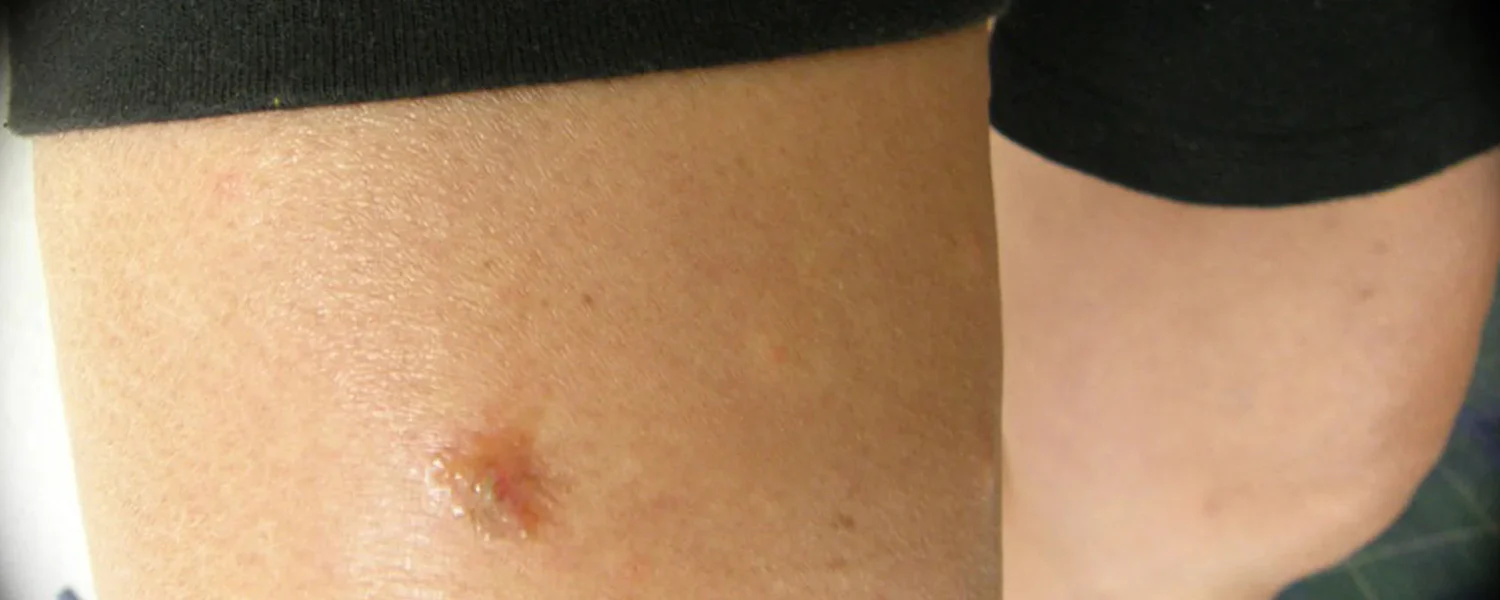If you’ve spent time training on the mats Brazilian Jiu Jitsu, NoGi, MMA, Wrestling etc. you’ve probably heard of staph infections. But what exactly is staph, and how do I know it’s not an in-grown hair or a pimple?
What is staph?
Staph is short for Staphylococcus aureus, a type of bacteria that lives on the skin or in the nose of about 30% of people without causing problems. However, if it enters the body through a cut, scrape, or other break in the skin, it can cause infections. In a grappling gym, where close physical contact and skin-to-skin interactions are common, the risk of staph spreading is higher.
How can you get infected?
You can get a staph infection in several ways:
- Skin Contact: Direct contact with an infected person during grappling.
- Shared Equipment: Touching contaminated mats, gear, or towels.
- Open Wounds: Cuts, scrapes, or even a small rash can allow bacteria to enter your body.
- Poor Hygiene: Not showering after training or wearing dirty gear increases the risk.
How do I tell the difference between other skin conditions vs staph?
Staph infections often get mistaken for in-grown hairs or pimples. Here are the main differences:
| Feature | In-grown Hair | Staph Infection |
| Cause | Hair growing into the skin. | Bacteria entering the skin. |
| Location | Often in shaved or waxed areas. | Anywhere on the body, especially open wounds. |
| Appearance | Small bump, sometimes with visible hair. | Red, swollen, and may develop a pus-filled centre. |
| Pain Level | Mild discomfort or itching. | Painful, often severe. |
| Progression | Improves with gentle care. | Worsens without treatment, may spread. |
| Systemic Symptoms | None. | Possible fever, chills, or fatigue. |
What do I do if I get it?
- Stop Training Immediately: If you suspect you have a staph infection, stay off the mats to prevent spreading it to others.
- Seek Medical Attention: Visit a doctor for diagnosis and treatment. Staph infections are often treated with antibiotics or drainage if an abscess forms.
- Follow Your Doctor’s Advice: Finish your course of antibiotics and follow wound care instructions to ensure full recovery.
How do I prevent Staph?
- Practice Good Hygiene
- Shower immediately after training.
- Use antibacterial soap to reduce the risk of bacteria on your skin.
- Keep Gear Clean
- Wash your gi, rash guards, and shorts after every session.
- Don’t share personal items like towels or water bottles.
- Inspect Your Skin
- Check for cuts, scrapes, or rashes before training. Cover any breaks in the skin with a clean bandage.
- Check for cuts, scrapes, or rashes before training. Cover any breaks in the skin with a clean bandage.
- Clean the mats
- Ensure mats are disinfected daily. If you’re training at home, clean your mats before and after every session.
- Ensure mats are disinfected daily. If you’re training at home, clean your mats before and after every session.
- Stay Off the Mats If You’re Sick or Injured
- If you have an open wound or suspect an infection, skip training until you’re fully healed.
Why prevention matters
Staph infections are not just a nuisance—they can become serious if left untreated, and the reinfection rate becomes higher every time.
Proper hygiene, quick action, and attention to symptoms can help protect both you and your training partners from complications.
Remember to show care of your team mates, this includes looking out for your gym community as a whole. A clean gym is a happy gym—stay safe, train hard, and keep the mats infection-free!

